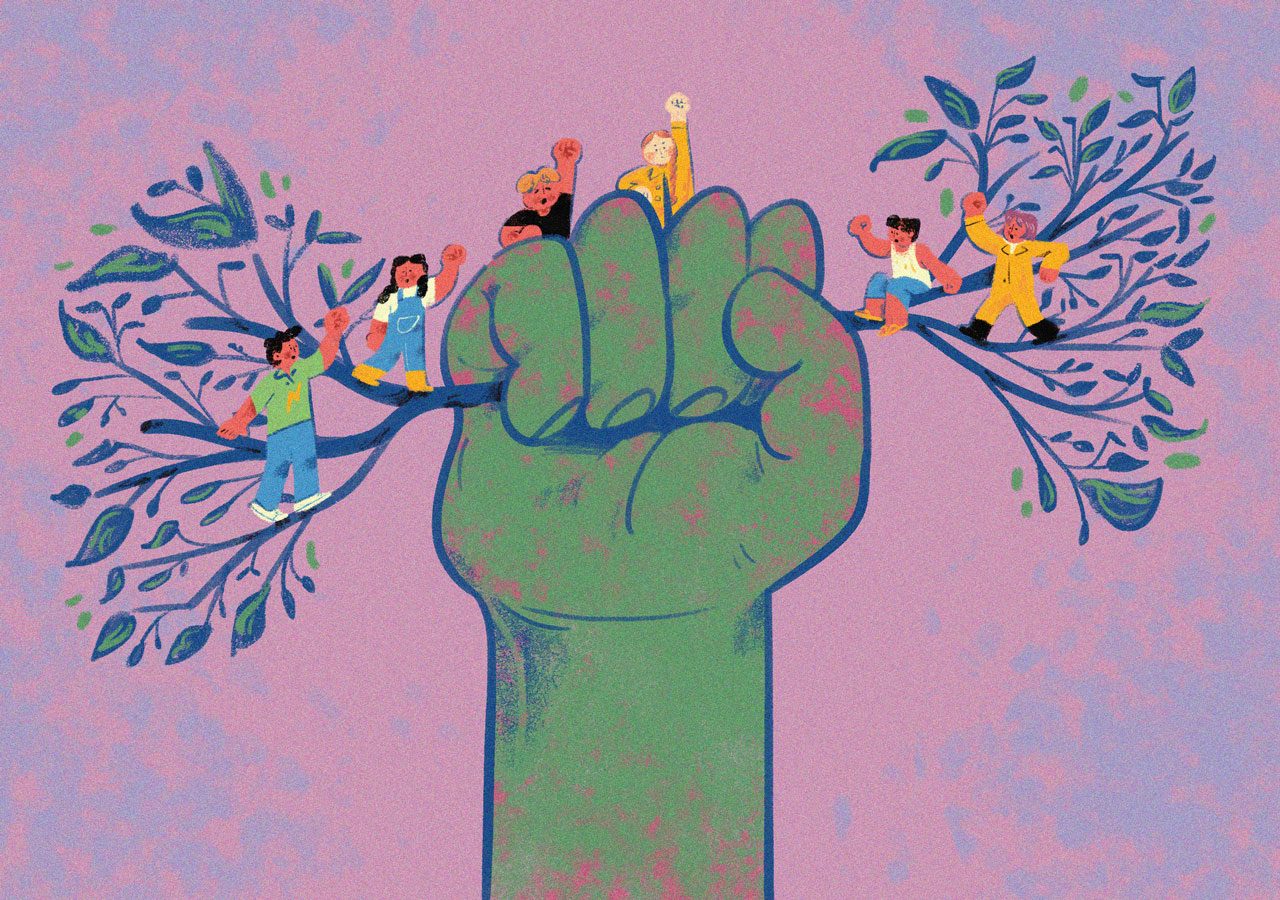A thousand years ago, trade routes around the world were controlled by Buddhist merchant kings. This is an aspect of Buddhism that has been obscured by European historians who, since the 19th century, have been more eager to project Buddhism as an otherworldly religion. In fact, Buddhism was the religion that helped spread merchant networks and markets across the world.
It is said that when Buddha attained enlightenment, he was first fed by two merchants. Merchants were impressed with Buddhist wisdom but did not want to become monks. Thus, Buddha advised them to take care of the monks. According to legends, they were told that if they took care of the monks and the monastic establishment and allowed the spread of Buddhist doctrine, they would gain merit. Merit would enable them to gain fortune and become prosperous. Thus, if one took care of the Buddhist order, it gave the merchants the spiritual merits to succeed in the markets. And this is the origin of Buddhist capitalism.
These merchants created caves for the monks to rest in and built stupas, chaityas and viharas. The stupas were where the relics of the Buddha were kept. The Chaityas were temples around the Stupas. Viharas were where the monks lived. Merchants donated agricultural land, the harvest of which could be used for the upkeep of monastic orders. Monastic orders developed universities which were funded by these agricultural grants. Merchants gave wealth on the condition that only the interest be used for the maintenance of monastic order. Thus, we find financial instruments invented in Buddhism, to enable the viability of the monastic order.
Originally, merchants supported the monks by giving them food every day. Later they gave them huge endowments which became Akshay
, or eternal treasures. These were lands that could be leased and the harvest from which was used to maintain monasteries or financial capital. This capital could be lent to other merchants, in exchange for interest. Thus, thanks to interest and rents, the monastic orders became extremely wealthy and well-off. And this affluence begins in the Gangetic plains. It stretches across the Deccan region, then to Amaravati in Andhra Pradesh and Gandahar in northwest India. From there it extends south to India, Sri Lanka, Thailand, Burma and Malaysia, and north it extends to Central Asia and hence to China and the Japan. And wherever we find Buddhist monks and the spread of the Dhamma, we find the spread of trade networks, financial networks and prosperity. All of this is manifested in magnificent art, such as the giant statues of Bamiyan in Afghanistan and the great temple complex of Borobudur in Indonesia.
In many ways it is related to the Buddhist doctrine of Anatman. The doctrine that says there is no soul. Hindus believe that everyone has a soul and our karmic bank balance compels us to follow a particular vocation either as a Brahmin, Kshatriya, Vaishya or as a Shudra. Buddhists did not believe in the concept of the soul and had a slightly different understanding of karma. Since we were not bound by any cosmic duty to our caste, every human being had the free will to free themselves from the economic situation they found themselves in and prosper as a businessman. To do this, they had to support the Buddhist monastic establishment. Thus, a poor man could become a rich man through trade, and trade would prosper if he supported Buddhist monks. Such stories are found in the Buddhist Jataka, where one hears of beggars becoming tycoons, respecting the bargain and using their wealth to support the monks.
This economic aspect of Buddhism is conveniently ignored by historians. They would rather speak of Buddha as a hermit who renounced all the things of the world. But, in fact, the Buddha probably stimulated one of the world’s earliest prosperity theologies.











